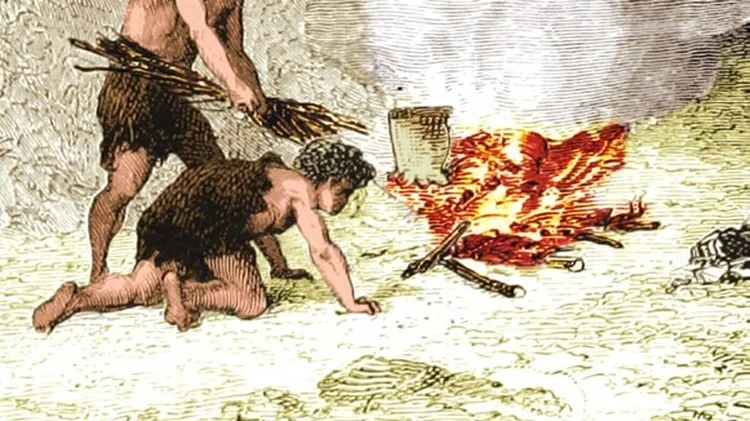When bloodthirsty bed bugs made headlines for infesting Paris Fashion We
Bed bugs vs the world
11 min read
This article is from...
Read this article and 8000+ more magazines and newspapers on Readly






